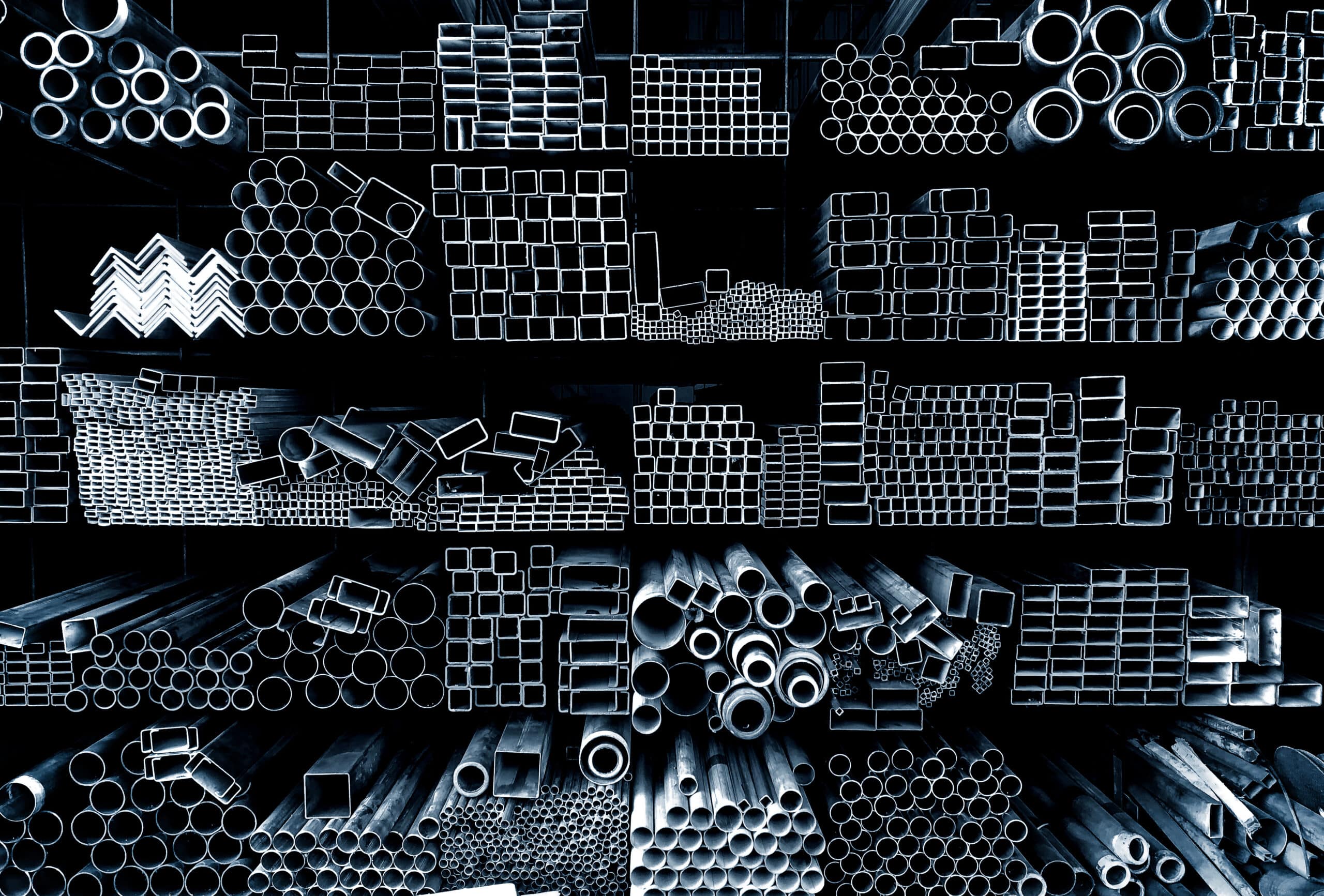Raw Steels MMI: Market in Backwardation Suggests U.S. Steel Prices May Be Near Peak

The Raw Steels Monthly Metals Index (MMI) moved sideways from March to April, with a mere 0.65% increase. A sharp reversal to the downside for Midwest HRC future prices placed additional weight on the index. Meanwhile, HRC price action continued to the upside during the month, with the HRC rally yet to show a meaningful slowdown. Considering the strength in the current rally, steel prices may continue to the upside in the short term. This should continue until a bearish pattern or reversal is in place.
MetalMiner Insights provides in-depth price forecasts and easy-to-follow should-cost models for steel buyers. Request a free demo!

U.S. Steel Prices Remain Bullish Following a Barrage of Price Hikes
The ascent for U.S. flat rolled steel prices remains decidedly bullish. The four-month uptrend accelerated throughout March, with HRC, CRC, and HDG prices rising by 33%, 27%, and 25%, respectively. Notably, HRC prices now sit around $300/st shy of their April peak.
Meanwhile, steelmakers continued to capitalize on bullish flat rolled steel prices with a new round of price hikes. For example, NLMK, Nucor, ArcelorMittal, Cleveland Cliffs and Evraz North America all raised flat rolled steel prices throughout March. On April 3, Cliffs issued its fifth hike since the start of 2023, bringing its minimum hot rolled coil price to $1,300/st.
Are you under pressure to generate steel cost savings? Make sure you are following these five best practices.
Mill Lead Times Lengthen as Steelmakers Work Through Outages
The uptrend in steel prices caught both buyers and service centers by surprise, as many were working to shed inventories late last year ahead of an expected U.S. downturn. There was little warning of the seemingly rapid shift from the supply glut seen throughout 2022 to the current market undersupply. By late 2022, ongoing ramp-ups from new and expanded mills, including SDI Sinton and Nucor Gallatin, appeared poised to exacerbate the once-oversupplied market.
However, those ramp-ups have reportedly underperformed. Meanwhile, the U.S. economy proved more resilient than expected. Steelmakers also exercised tight control over production levels, lowering capacity utilization rates beneath 80%. Adding further pressure was the fact that import levels for HRC, CRC, and HDG have largely trended downward since late 2021.

The current tight market has resulted in longer mill lead times across all forms of steel. HRC lead times at the close of March hit their highest level since June 2021. Meanwhile, steel supply will face further short-term constraints as several mills, including BlueScope, NLMK USA, Nucor, and SDI, continue to work through planned outages. Those outages will not only extend into early May, but will also cut domestic production levels by an estimated 331,000 short tons.
Learn how to maximize savings and avoid margin erosion in a recessionary market. Join MetalMiner’s April interactive chat next Wednesday: Squeezing Out Costs in a Falling Demand Market.
Manufacturing Contracts as Demand Headwinds Build
Demand headwinds continue to build in the U.S., leaving purchasers tentative to implement forward buys, even as steel prices surge. In March, the U.S. manufacturing sector remained in contraction for the fifth consecutive month. Meanwhile, the ISM Manufacturing PMI dropped from 47.7 in February to 46.3. This marked the lowest reading since May 2020. In particular, the New Orders Index fell deeper into contraction, registering 2.7 percentage points lower than the previous month, at 44.3.

This certainly suggests a slowdown for at least parts of the U.S. economy. Furthermore, the banking crisis that began with Silicon Valley Bank’s collapse last month will likely constrain lending. Additionally, the output cut announced by OPEC+ in early April, which caused a spike in oil prices, will pressure inflation and help support a hawkish Fed.
HRC Futures Prices Slump: Are Hot Rolled Coil Prices About to Peak?
Amid compounding economic risks in the U.S., HRC future prices found a peak on March 10 before inverting to the downside. Future prices hold a strong 94.1% correlation with HRC steel prices. This makes the former a reliable leading indicator for HRC price direction. By the end of March, the market shifted narrowly into backwardation. Future prices fell beneath spot prices for the first time since November.


While a bullish indicator, backwardation does not necessarily mean spot prices will immediately begin to fall. However, it does suggest that markets expect the current uptrend for flat rolled steel to have narrowed this peak. As a result, prices may soon show signs of exhaustion.
See what else is impacting the U.S. steel market and generate hard savings on your metal buys year-round; trial MetalMiner’s monthly outlook report.
Biggest Increases in Raw Material and Steel Prices
- U.S. shredded scrap prices saw the largest rise of the index, as prices jumped 15.72% to $508 per short ton as of April 1.
- Chinese steel billet prices rose 4.22% to $607 per metric ton.
- Meanwhile, LME primary 3-month scrap prices fell 6.01% to $438 per metric ton.
- Chinese coking coal prices saw an 8.54% month-over-month drop to $388 per metric ton.
- Finally, Midwest HRC future prices fell by 14.05% to $1,009 per short ton.


Leave a Reply